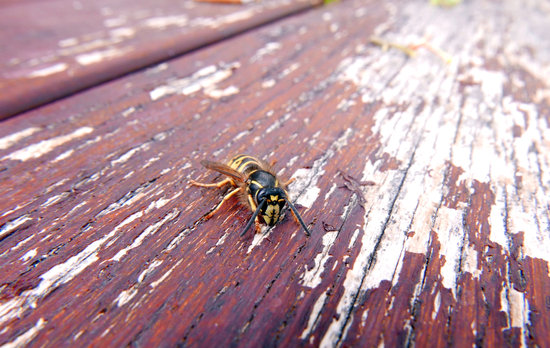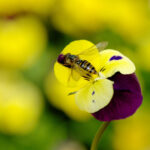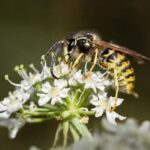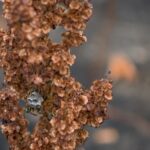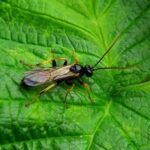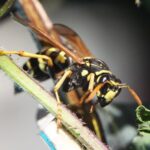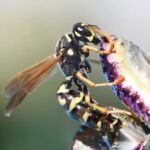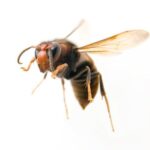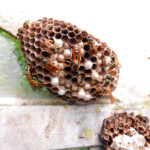How Long Are Wasps Good For?
Depending on the type of wasp, the lifecycle of the queen may vary from ten to twelve months. A queen wasp’s life cycle includes hibernation, which is when she goes into her protective nest and lays eggs. The eggs hatch into young wasps that continue building their nests.
In the spring, the queen will emerge from hibernation to start laying eggs. This is the beginning of the year’s wasp colony. As the weather warms, the queen will seek out a place to build her nest.
She will lay eggs that are protected from predators by her stinger. The eggs will hatch into young wasps, which will then feed on prey such as crickets, flies and other insects. The wasp colony will grow to a full size by the summer, with some hives containing 5,000 to 10,000 wasps.
Wasps will usually migrate to a sheltered place for winter. When the temperatures drop, they change their metabolisms and energy storage abilities. They will then begin to migrate again in search of food.
After the first few frosts in northern regions, worker wasps begin to die off. The queen wasp may also die off, since she will be starving without food. If you see a queen wasp, you may want to remove the nest. This is because only a small proportion of hibernating queens will survive to spring.
During winter, the queen wasp hibernates in deep crevasses. She may be eaten by predators and starve to death.
